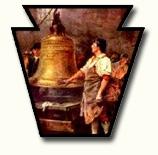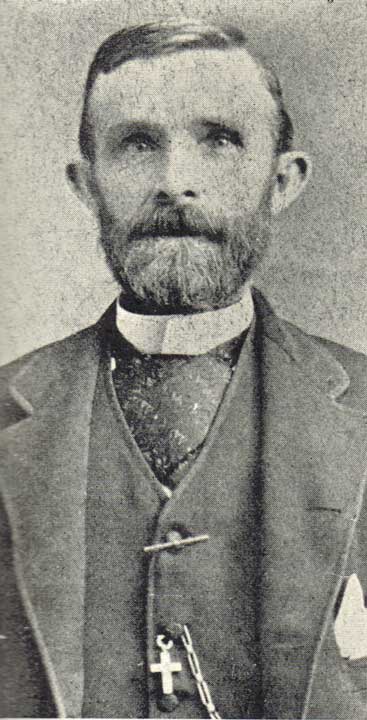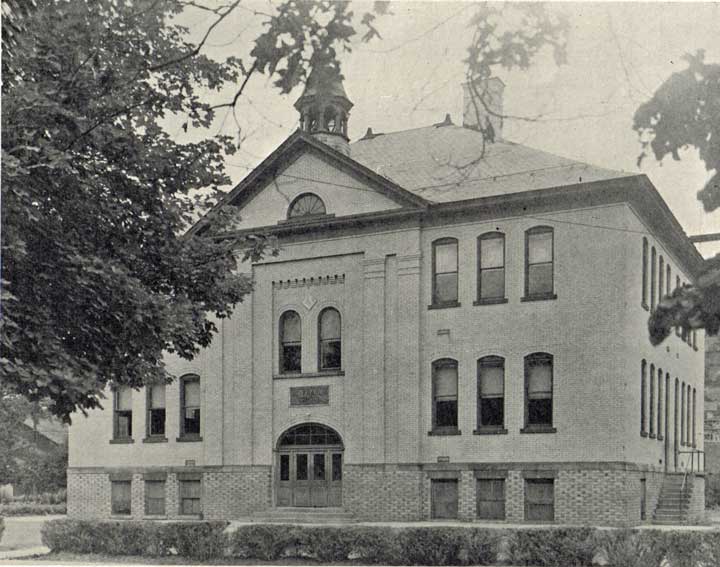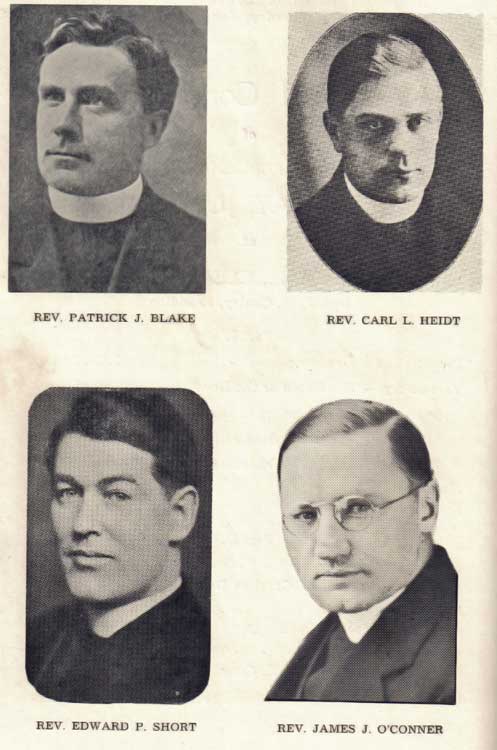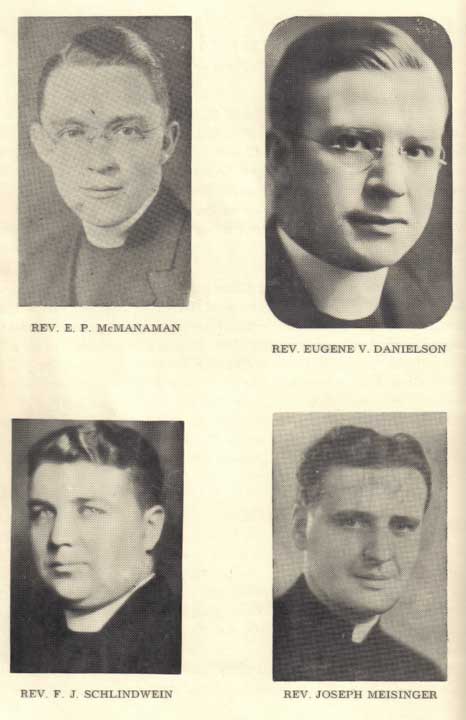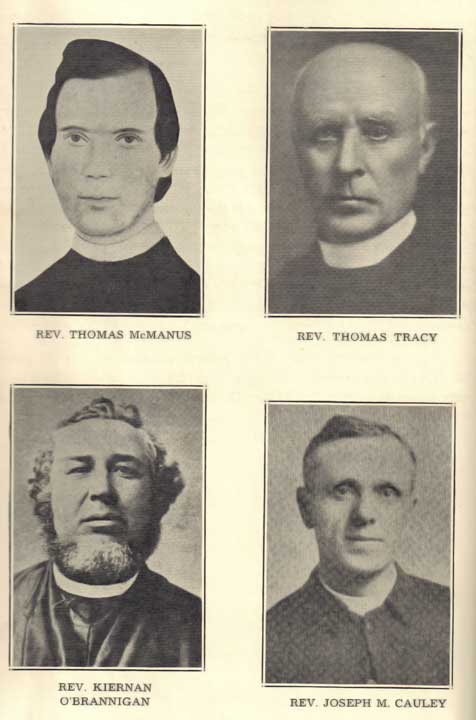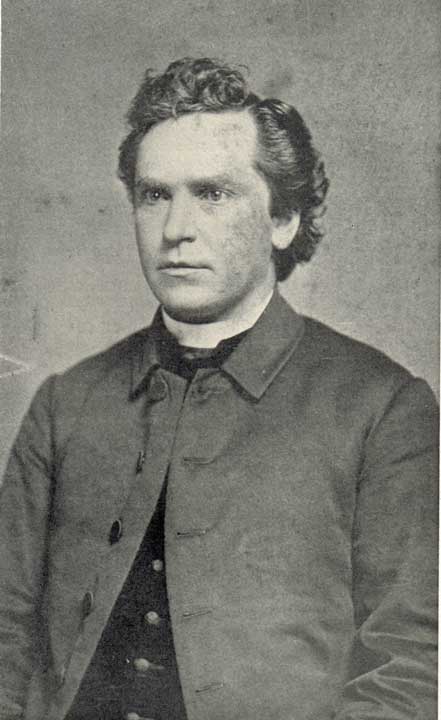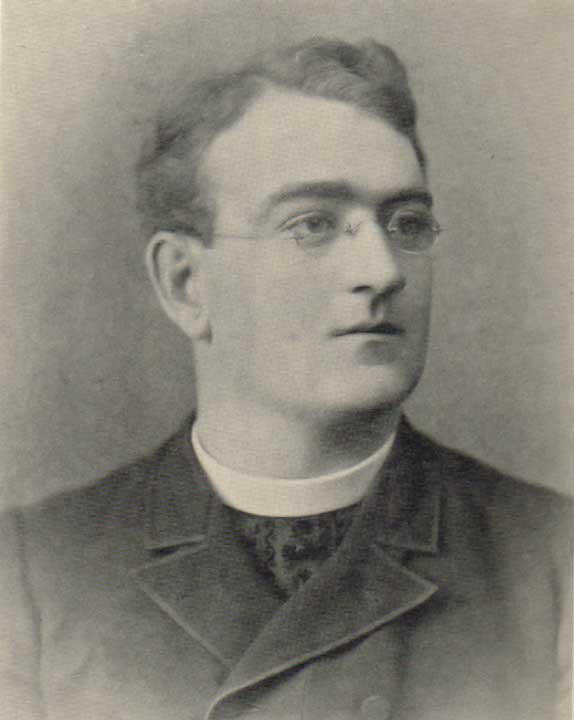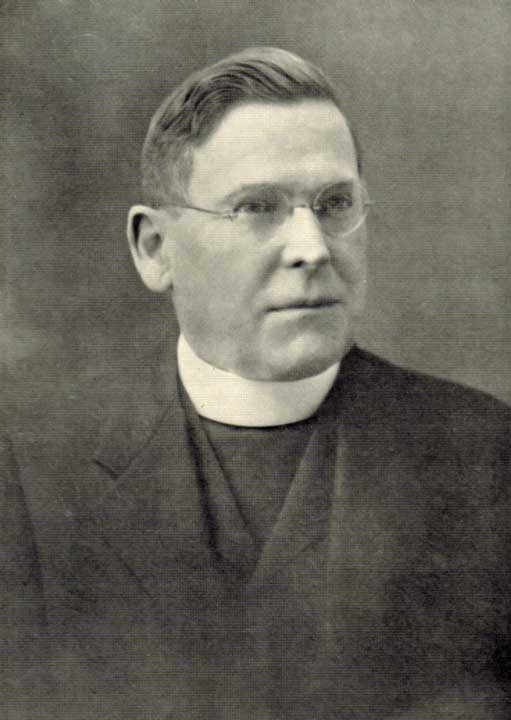Pennsylvania USGenWeb Archives
The History
of
St. Francis of Assisi Parish
Compiled for the
Centenary of the Founding
of the Parish
and the
Golden Anniversary
of the
Laying of the Cornerstone
of the Present Church
1832 1936 1886
July 23, 1936
transcribed for the Clearfield County PA USGenWeb by
Ellis Michaels
|
This page was last updated on 23 Apr 2011 |
XLI
HISTORY OF ST. FRANCIS PARISH
ST. FRANCIS BENEFACTOR
T. CAVAN
On the front steps of St. Francis Church can be seen the words, "T. Cavan, benefactor of this church."
The correct name of this gentleman was Timothy
Cavanaugh but for business reasons he had himself called T. Cavan. He lived in
Washington, D. C., and came to Clearfield County about 1883. He was engaged in
railroad building, having had the contract for the building of the P. R. R. from
Curwensville to Grampian. He later built a railroad in Schuylkill County and
then came back to Madera.
He was a great friend of Rev. P. J. Sheridan and
frequently him make collections on the railroad jobs for the building of the
church at Clearfield. He donated three windows of the church, one for himself,
wife and daughter. It is likewise said that he was instrumental in obtaining all
of the stone for the church and personally donated one hundred barrels of
cement. He also had collections made by Father Sheridan for the Curwensville
Church which was built about time and was honored by having it called St.
Timothy's Church after his own name. He had with him a large number of Irish
stone masons from Washington who were liberal contributors.
He came from Ireland when he was seventeen years of age
rose rapidly in the railroad construction work. He married Ellen Murphy and they
had nine children, all of whom died before reaching manhood, two of the six boys
having been burned to death in the destruction of their home.
